|
When I am visiting London, I nearly always either end up in the fabrics department of Liberty's department store in Regent Street and/or in the Victoria & Albert Museum. For obvious reasons: remnants of the Arts and Crafts movement. Such good places to see high quality designs that can easily inspire my embroideries. Indeed, the daughter of William Morris, May Morris, was an accomplished embroideress. Many of us textile lovers are familiar with the arts and crafts designs by William Morris (1834-1896). However, the arts and crafts movement of the late 19th and early 20th century was more than a decorative arts style. It was also a highly political movement. With advocates idealising the medieval craftsmen and criticising the mechanical production process of their own times. The idea was that no labour division took place and that the designer also executed the designed object. Good design would lead to happy crafts people and happy consumers. This would lead to better people and they make eventually a better society. Well, I certainly think I am a much better person as long as I keep stitching :)! Unknown to me, my former colleague Phil Harding from Wessex Archaeology and one of the leading members of Time Team once dug up the silk printing factory of Arthur Liberty, the founder of the Liberty Department store. He even tries his hand at block printing silk with the original 19th century blocks and original dye recipes. If you have a spare minute, do watch the below Time Team video of the dig. Apart from the obvious digging, it is packed full with back ground information on the Liberty silks printing factory. After more than two years of absence, I'll be visiting London in a few weeks' time. Can't wait to stock up on good quality silks and embroidery threads. I am also looking forward to visiting my former town of residence Salisbury and meet up with old friends. Be sure to keep an eye on my blog to read all about it!
3 Comments
I've received a very special postcard through postcrossing. On the back it says: "Appenzeller Stickerei (Heimarbeit)". This means it is a piece stitched in Appenzell by homeworkers. After all I've told you about Appenzell embroidery, the piece might somewhat surprise you... The postcard was issued for the 1939 national exhibition in Zürich, Switzerland. This exhibition was commonly known as the Landi. It took place from the 6th of May until the 29th of October 1939. With 10 million tickets sold, it was a huge success, despite the outbreak of the Second World War.
True to the Zeitgeist, the exhibition was a mixture of backwards conservatism and modern design and ideas. For instance, it was partly a rural village with replica buildings from all over the country. On the other hand, do google Landi-Stuhl and you'll find a world famous modern aluminium chair designed by Hans Coray. There was also a pavilion staffed by women organisations drawing attention to the inequality between men and women in Switzerland. Now to the embroidery. It is either worked in untwisted flat silk or some sort of synthetic equivalent on a gauze. Again silk or synthetic. The embroidery is closely cut out and glued to the pre-printed postcard. The whole embroidery is worked in satin stitches or simple back stitches. Spaced out more for the waters of Lake Zürich and the Alps in the distance. Whereas the buildings in the foreground, left the Große Münster and right the Fraumünster, are worked more solidly with hardly fabric showing. Apart from the two churches, the Quaibrücke is depicted as well as the Pendelbahn over Lake Zürich. On the left is the flag of Zürich, whereas on the right side the flag of Switzerland is flying. Do have a look at google street view to see how well everything can be identified. I am truly amazed by the amount of detail in this simple piece of embroidery! |
Want to keep up with my embroidery adventures? Sign up for my weekly Newsletter to get notified of new blogs, courses and workshops!
Liked my blog? Please consider making a donation or becoming a Patron so that I can keep up the good work and my blog ad-free!
Categories
All
Archives
July 2024
|
Contact: info(at)jessicagrimm.com
Copyright Dr Jessica M. Grimm - Mandlweg 3, 82488 Ettal, Deutschland - +49(0)8822 2782219 (Monday, Tuesday, Friday & Saturday 9.00-17.00 CET)
Impressum - Legal Notice - Datenschutzerklärung - Privacy Policy - Webshop ABG - Widerrufsrecht - Disclaimer
Copyright Dr Jessica M. Grimm - Mandlweg 3, 82488 Ettal, Deutschland - +49(0)8822 2782219 (Monday, Tuesday, Friday & Saturday 9.00-17.00 CET)
Impressum - Legal Notice - Datenschutzerklärung - Privacy Policy - Webshop ABG - Widerrufsrecht - Disclaimer
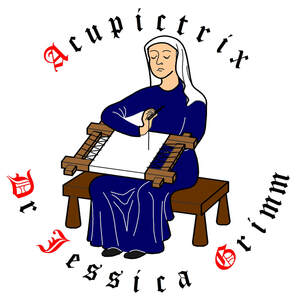
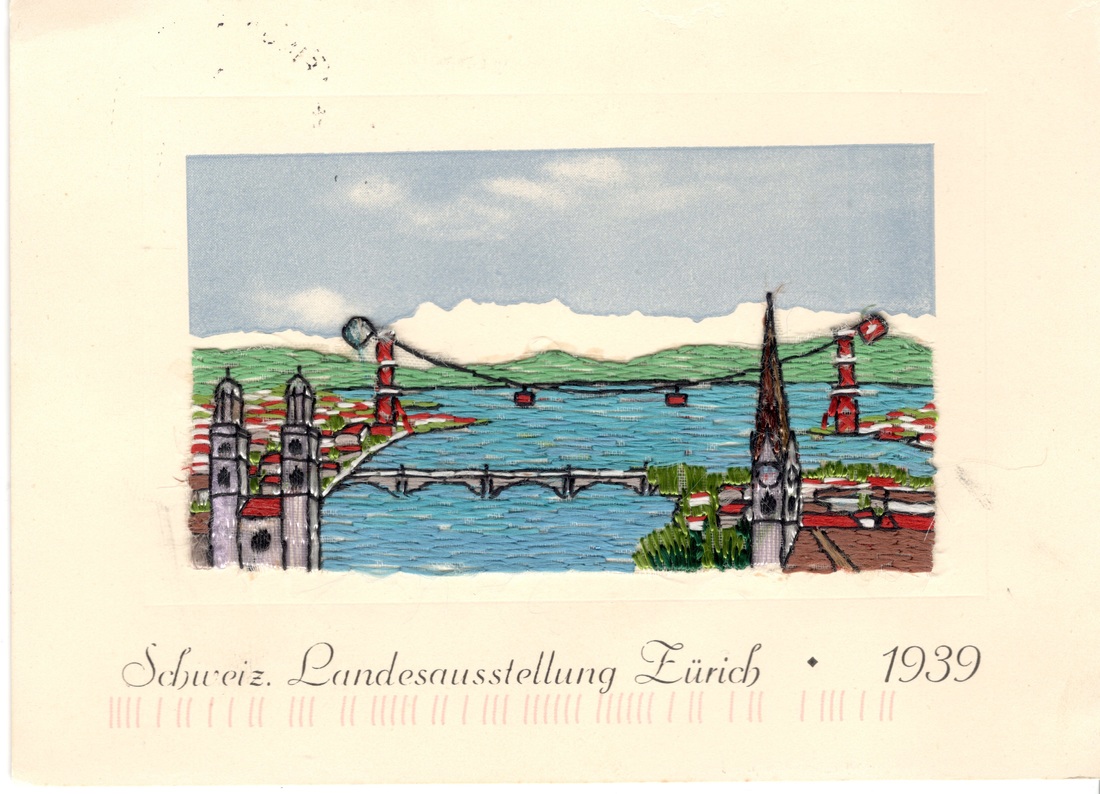
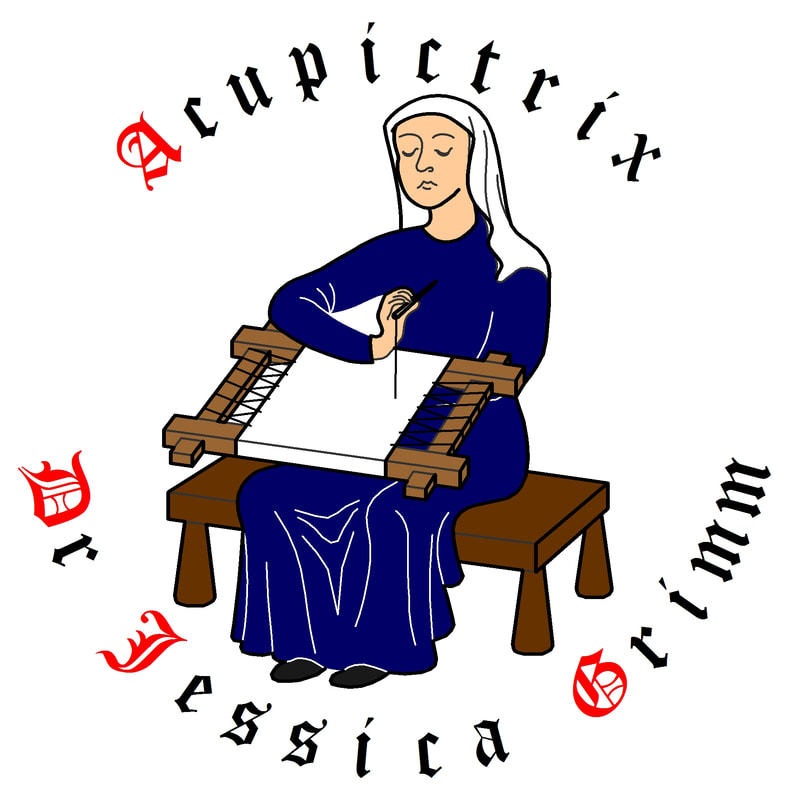


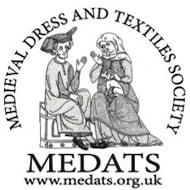
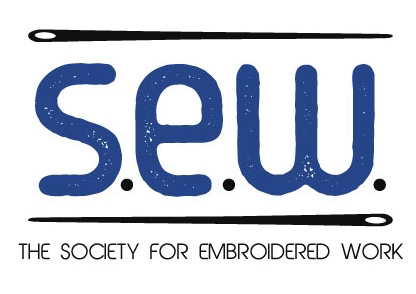
 RSS Feed
RSS Feed